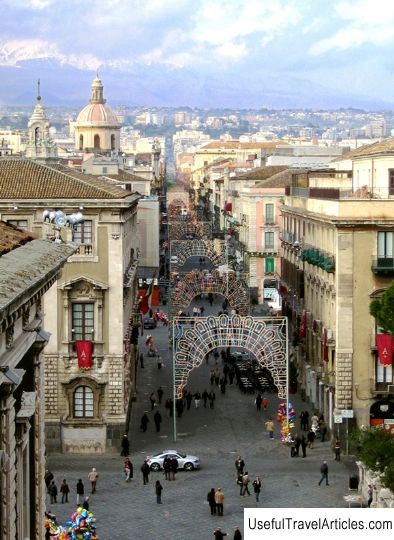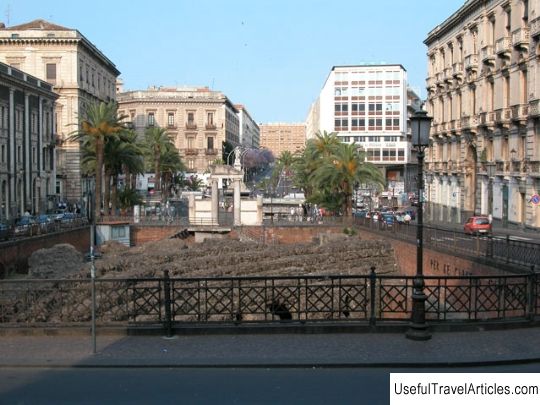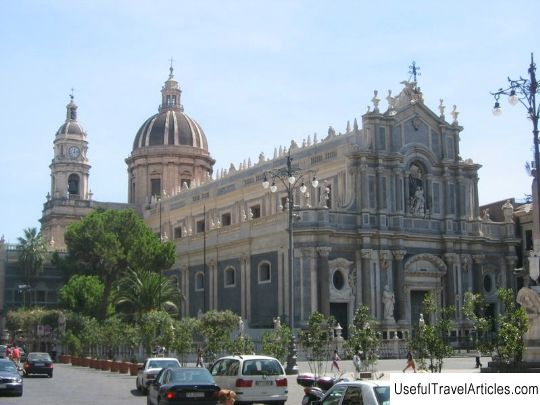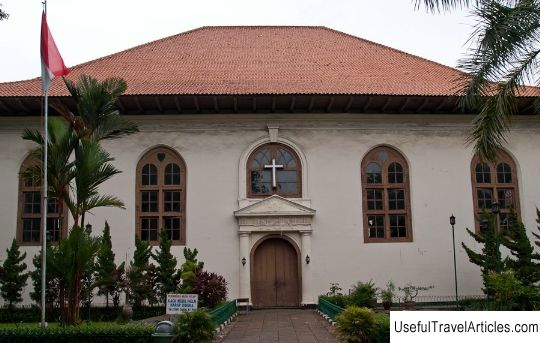Via Etnea description and photos - Italy: Catania (Sicily)
Rating: 8,4/10 (7995 votes) 
Via Etnea description and photos - Italy: Catania (Sicily). Detailed information about the attraction. Description, photographs and a map showing the nearest significant objects. The title in English is Via Etnea. Photo and descriptionVia Etnea is the main street in the historic center of Catania. It stretches for three kilometers from south to north from Piazza Duomo to Tondo Gioieni. The first mentions of this street are found in the late 17th century - after the terrible earthquake on January 11, 1693. The catastrophe practically wiped out Catania - two-thirds of the city's population died under the collapses. Giuseppe Lanza, Duke of Camastra, appointed curator of the restoration of Catania, decided to build new perpendicular streets. One of them started from the Cathedral, one of the few surviving buildings of the city, and went towards Mount Etna - this is how the modern Via Etnea appeared. True, it was originally called Via Duca di Useda - in honor of the then Viceroy. It was later renamed to Via Stesikorea and finally in Via Etnea, which is more logical given its direction. The street was 700 meters long and ended at what is now Piazza Stesicoro, then called Porta di Aci. It was here that one of the city gates of Catania was located. The street perpendicular to it - Via Vittorio Emmanuele - was originally called Via Lanza, then Corso, and in the 19th century it received its current name. Luxurious palaces erected on both streets were built in the Sicilian Baroque style by architects Giovanni Battista Vaccarini and Francesco Battaglia. Seven churches were built on Via Etnea - starting from the Cathedral in Piazza Duomo, followed by the Basilica della Collegiata, the Minorite Church, San Biagio Church, Santissiso Sacramento Church, Santa Agata al Borgo Church and finally Badiella Church. There are also the palazzo of many noble residents of Catania and public buildings, for example, Palazzo degli Elefanti, which today houses the city hall, Palazzo del Universita and Palazzo San Giuliano. At the corner of Via Etnea and Via Sangiuliano, the Quatro Canti rise - four graceful palaces built in the same architectural style. Other noteworthy buildings in Via Etnea are Palazzo del Toscano, Palazzo Tezzano and Palazzo del Post. From the same street you can get to the municipal garden of Villa Bellini. In the 20th century, Via Etnea expanded and reached Piazza Cavour, on which stands the Fountain di Cerere made of Carrara marble, known to many old-timers as the "Goddess of Pallas". Recently, the street was paved with lava cobblestones brought from Etna, and today it is a real pedestrian island in the heart of a large city. There are numerous restaurants, pubs, pubs and pizzerias on it, which are packed to capacity day and night.      We also recommend reading Historical Museum description and photos - Bulgaria: Velingrad Topic: Via Etnea description and photos - Italy: Catania (Sicily). |




